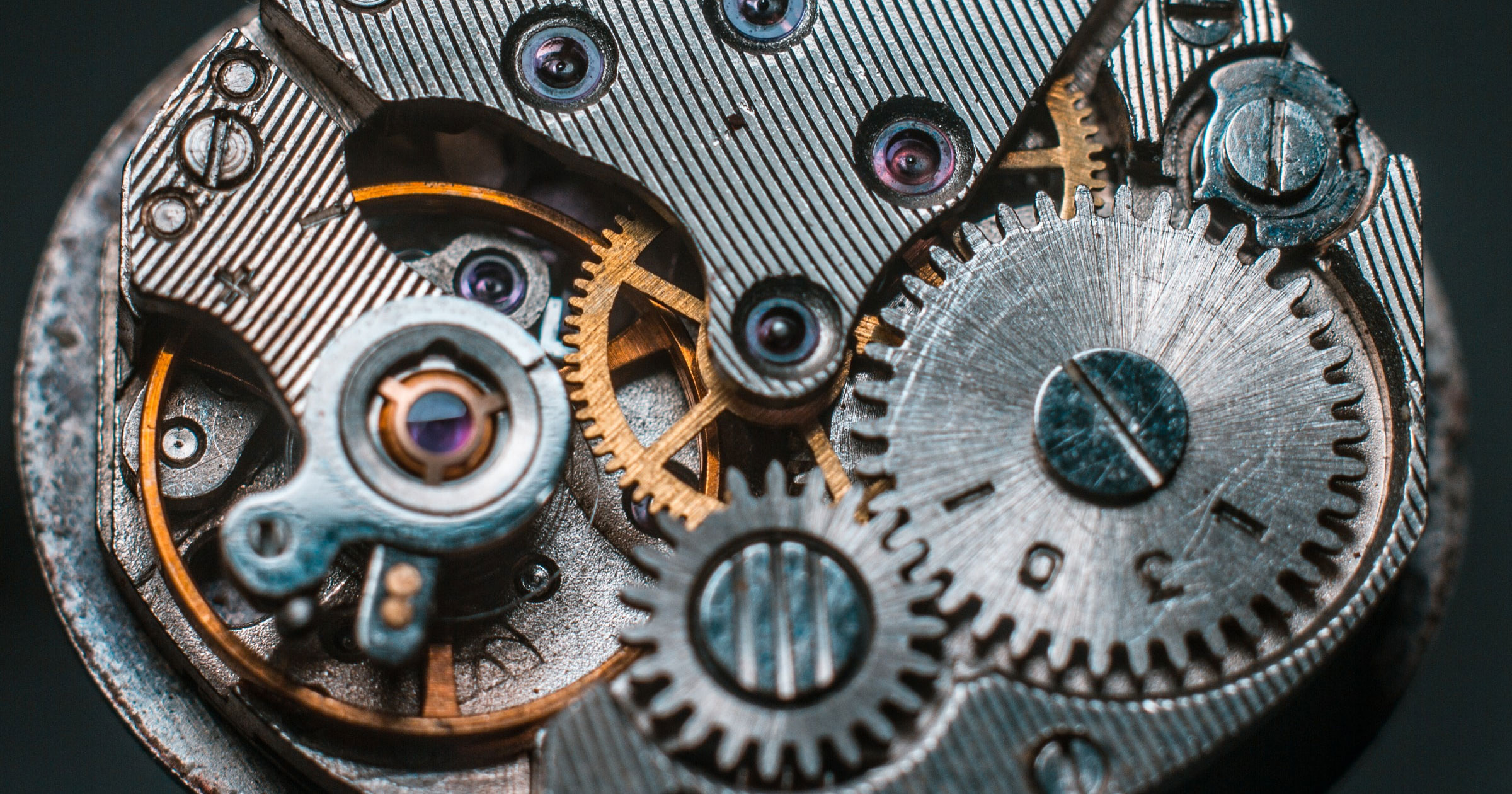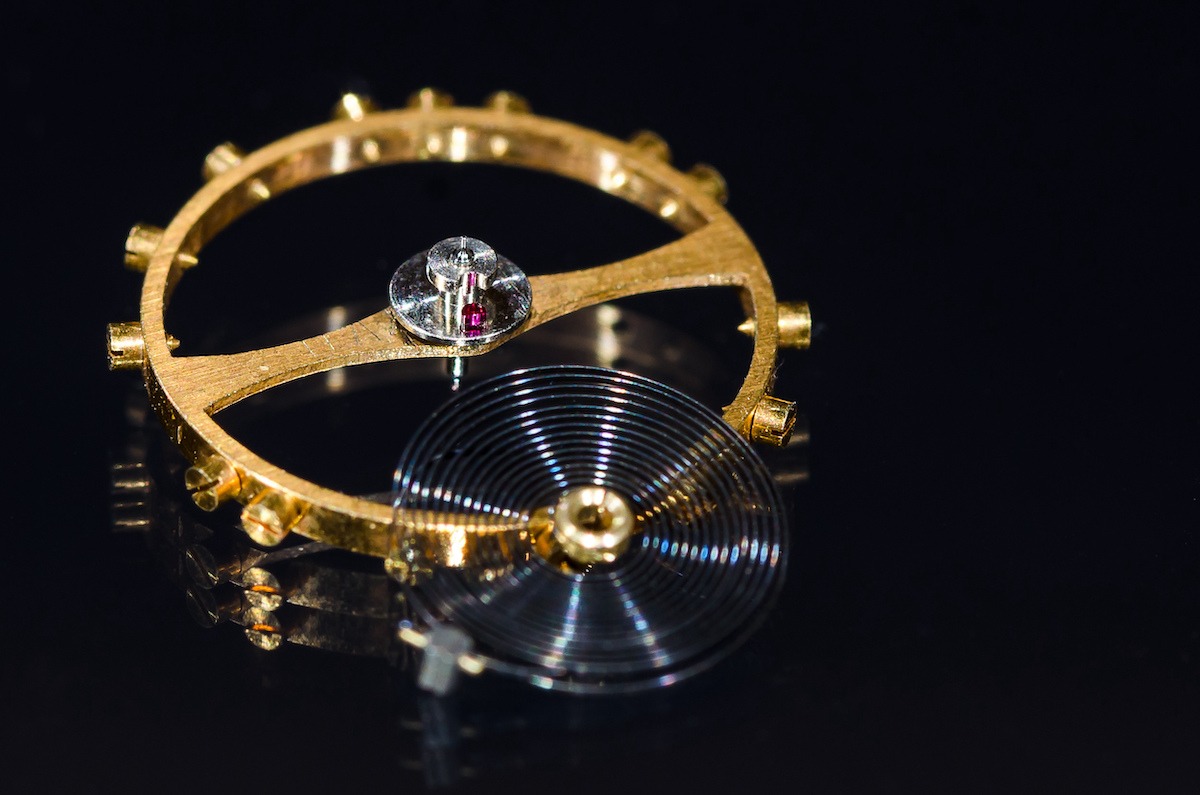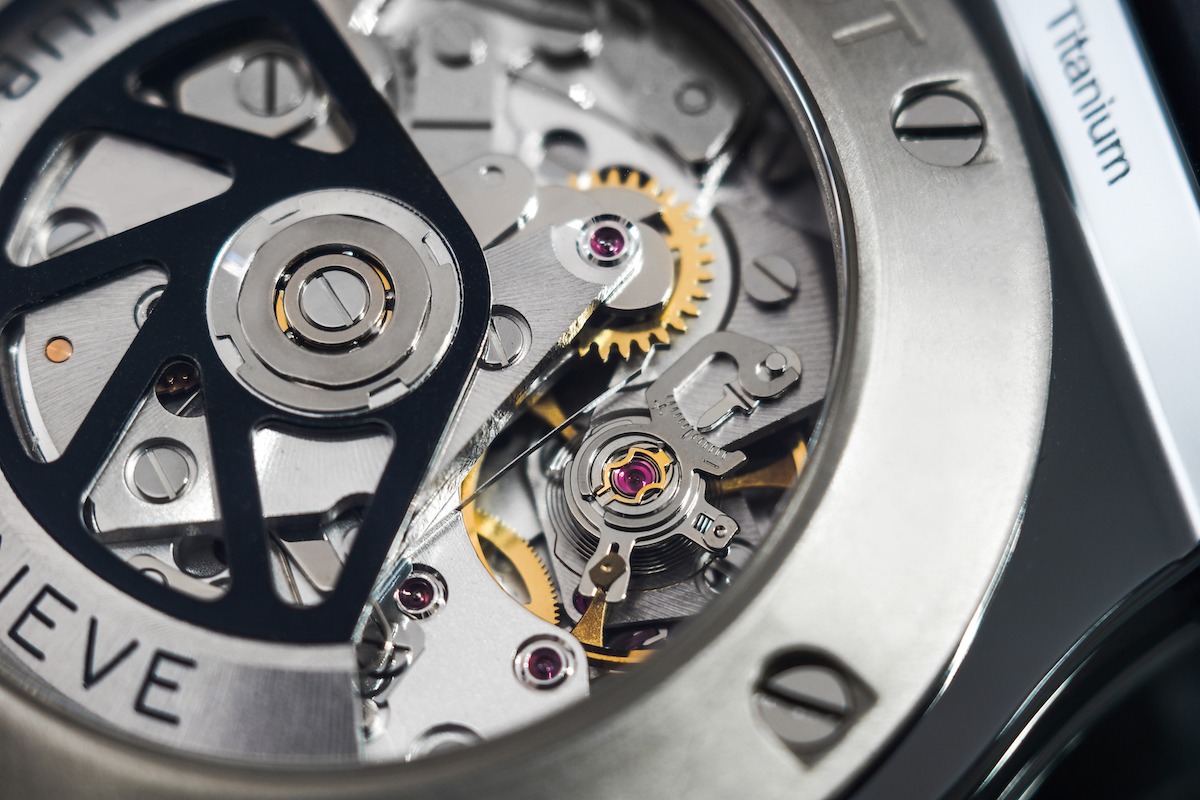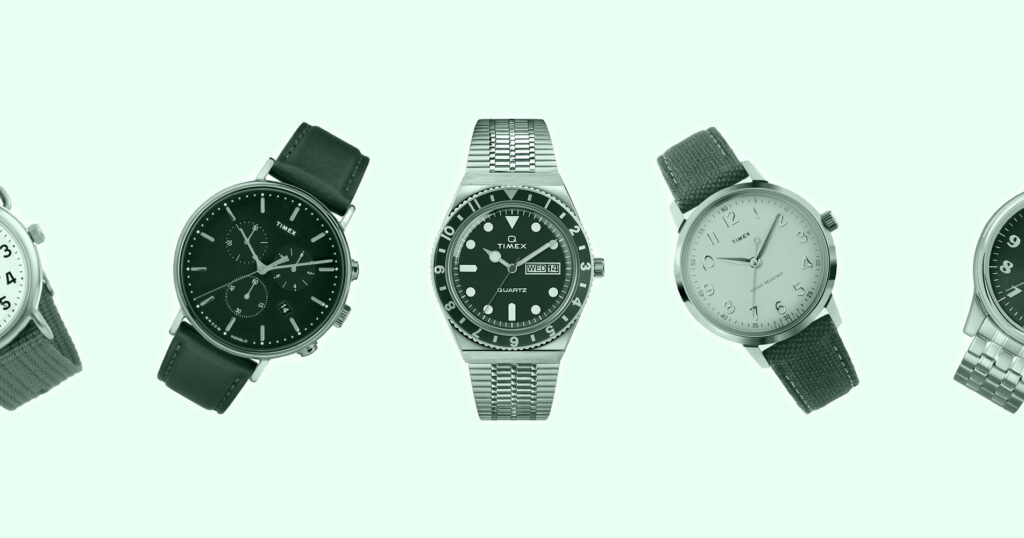The
If you’re an automatic

What’s the Difference Between An Automatic, Mechanical, and Quartz Watch ?
An automatic movement is a type of mechanical movement. Unlike a
Automatics are also called self-winding
You can tell the difference between a quartz movement and a mechanical movement based on the
The Fundamental Parts of an Automatic Watch
These are the parts that every automatic
Mainspring
The mainspring is a metal spiral which stores the
Think of the mainspring as the
Rotor/Oscillating weight
The oscillating weight is the semicircular central weight that makes automatic

Balance wheel and hairspring
In an automatic
This oscillation is impervious to outside movement. The balance wheel and hairspring are the
Escapement and Gear Train
The escapement is a mechanical linkage consisting of an escape wheel with “teeth” and a pallet. It stimulates the balance wheel and unfastens the gear train, which causes the
The escapement is what stops the wheels in the
The gear train is made up, usually, of four different wheels including the escape wheel. Again, every time the gear train is released, the
The center wheel moves once an hour and powers the hour hand, the second wheel moves every second powering the second hand, and the third wheel moves once per minute powering, you guessed it, the minute hand.
Reverser
This mechanism transfers the energy from your motion to the mainspring. It’s called a reverser mechanism because regardless of which way the mainspring is turning, the reverser allows the rotor to wind it properly. Your energy is transferred through a series of gears.
Jewels
Jewels are synthetic rubies placed in high-friction areas of the
Alright, now let’s put it all together!
How an Automatic Watch Works
Let’s say you’re wearing your fully-wound automatic
Your wrist movements stimulate the rotor which then winds the mainspring, the
The mainspring’s energy then transfers through the gear train’s wheels into the escapement.
The escapement then sends incremental impulses to the balance wheel, the
Remember, each swing of the balance wheel releases just one tooth of the escapement wheel, the rest of the wheel held back by the pallet, keeping the wheels from spinning out of control.

Each swing of the balance wheel moves the wheels of the gear train, thus moving the
By this point in the process, the power still originates from the mainspring. And of course, if you perpetually wear your mechanical
How Long Do Automatic Watches Last?
Automatic
An important question to ask yourself: If my mechanical
Fortunately, excellent automatics, for example the Orient Ray II and Orient Mako II, can last anywhere from five to seven years without servicing. Even if you choose to retire them at that point, they will have served their purpose.
High-quality automatics like Rolex
Do You Have to Wear an Automatic Watch Everyday?
Letting your automatic
Maintaining the energy in the mainspring does allow for a continuous and accurate display of time though. If this is important to you, consider a
Is an Automatic Watch Worth It?
watch is just a little different than the other. And, of course, even the most innovative of technologies can’t replace art.
On that same analogy, buying a luxury, legendary automatic
To you, what’s the difference between say a prewar home with history and character that’s built by a foremost architect versus a brand new awesome home with amazing, practical smart house technology? Figuring out whether or not an automatic

Not that important quartz
The first self-winding
Finally, English watchmaker John Harwood created a wristwatch that uses kinetic energy for power in 1922. A decade later, Rolex introduced the Oyster Perpetual.
What Are the Best Automatic Watches ?
Of course anything certified by the COSC means you’ll be getting something complex and precise. At the end of the day though, any automatic
We hope this was helpful in helping you learn more about how an automatic

